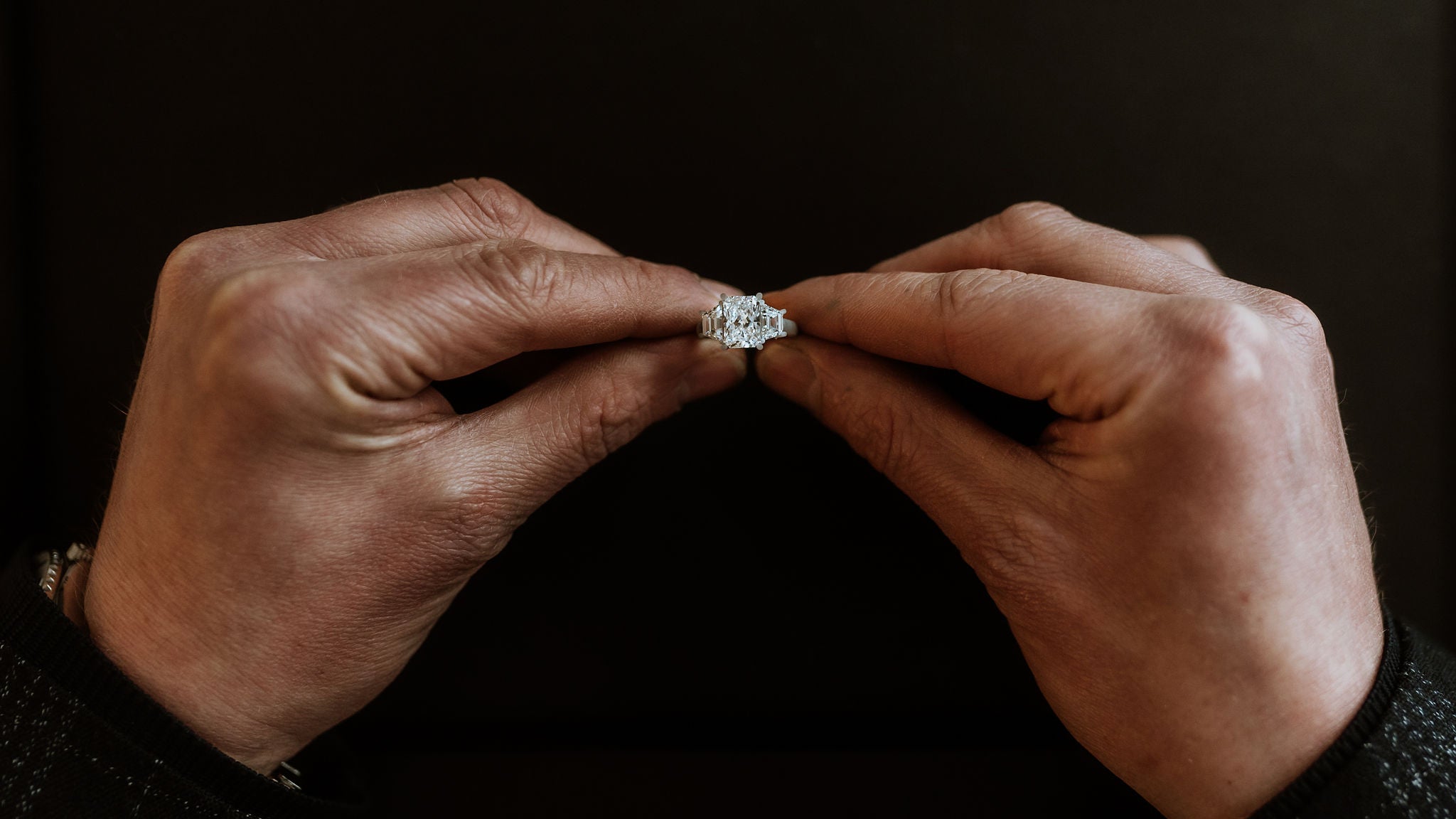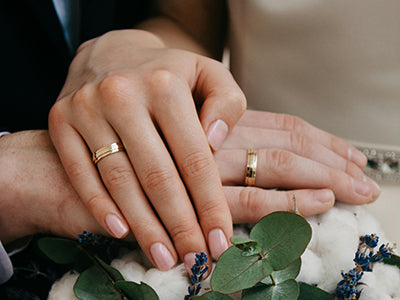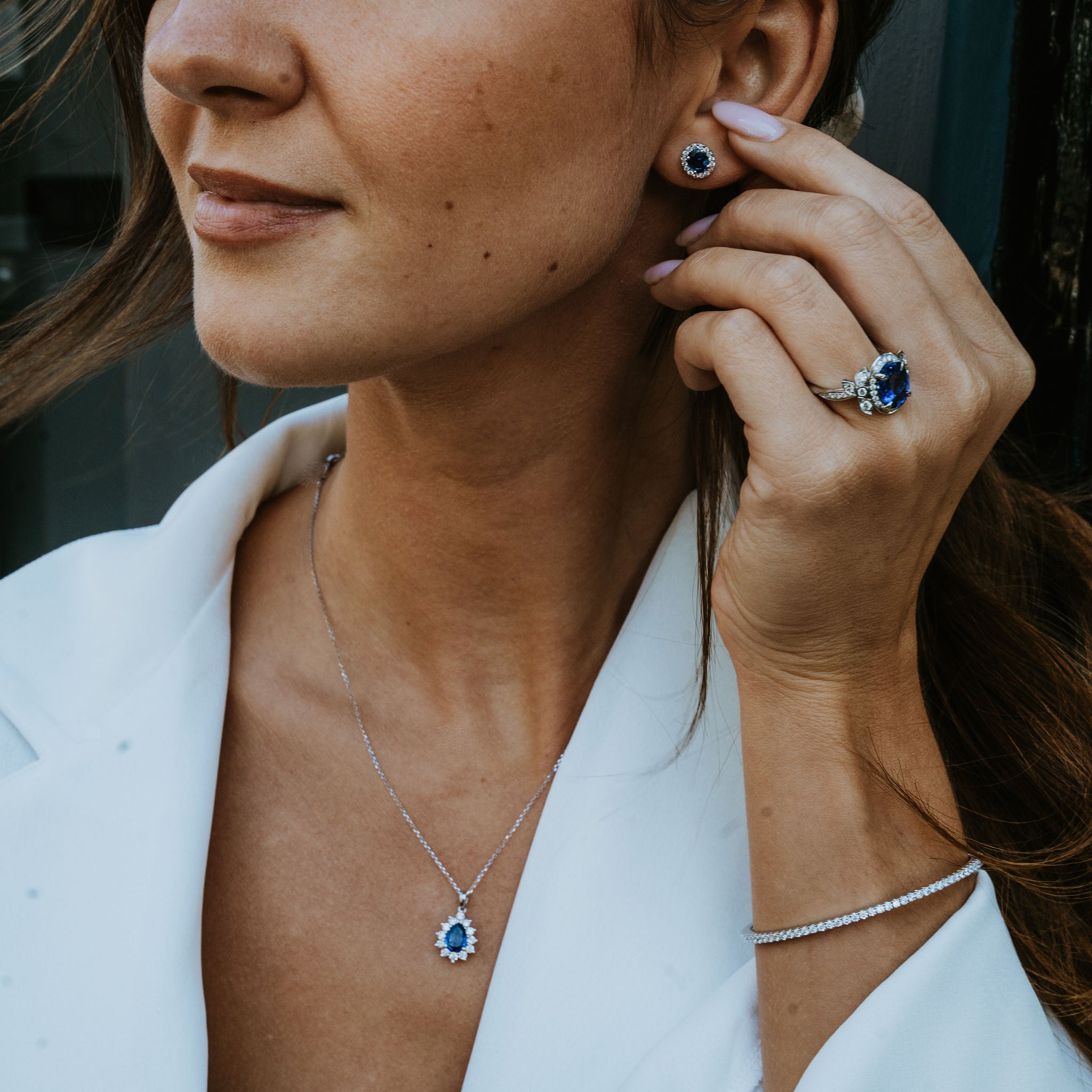 Depending on who you ask, bespoke signet rings are either having a moment, are making their long-awaited comeback, or never left in the first place.
Depending on who you ask, bespoke signet rings are either having a moment, are making their long-awaited comeback, or never left in the first place.
Having worked on crafting exceptional personal pieces over the last two decades, there has never been a moment in our experience where signet rings have ever truly gone away.
However, it is also clear that there has been significantly more interest in signet rings over the past few years, with the personalised, customised rings becoming not just a symbol of prestige but also a fashion statement once again.
To understand why it has felt like a comeback, though, we need to look into how the purpose of signet rings has changed somewhat, and how the ownership of a ring has transitioned from a necessity to a particularly stylish choice.
Why Did We Ever Use Signet Rings?
Before the development of ink stamps and signatures as a seal of authenticity, signet rings were essential for demonstrating identities, loyalty and status, as the face of the ring could be imprinted into wax as a proof of identity on a tamper-proof seal.
This was initially seen in Ancient Egypt and would continue to be used in Ancient Greece and especially the Roman Empire, where the practice would become remarkably widespread.
Unlike a lot of Roman traditions and technologies, however, the fall of the Roman Empire did not precipitate the end of the signet ring.
Following the Norman Conquest, signet rings began to be used more commonly, being widely available to most people by the middle of the 13th century and seeing a significant revival period thanks to the Greek and Roman-inspired Renaissance.
This was in some respects the peak of their functional use, as they were not only needed for identification purposes but started to become more intricate, more detailed and more decorated.
Whilst Greek signet rings would often use a precious stone as the base for the insignia or design, Renaissance signet rings would either use more intricate etching, add precious stones on the sides of the ring, or some combination of the two.
The End Of Necessity
The wax seal and signet ring had remarkable staying power as a symbol of authenticity and authority in official correspondence, in part because the ring itself became a symbol of authority and social status beyond its use.
However, there would be a point at which usefulness would come to an end, and it is believed that the Industrial Revolution and its effects on both mass-market jewellery production and mass communication led to the end of the practical use of the wax seal in all but ceremonial contexts.
Stamps, both of the ink and letter variety, would be used in the postal service, whilst the increase in literacy meant that the signature became the standard for authenticating personal letters.
Signet rings still existed but became borderline keyfobs or stamps, heirlooms ornately decorated with the regalia of aristocracy and disappearing from little fingers in favour of other forms of jewellery.
The Rise Of Choice
By the 21st century, however, following nearly a century of relative dormancy, the signet ring came back as a major fashion choice, both in a more subtle, minimalist form and with a level of ostentation not seen since the peak of the Renaissance.
There is a nostalgic element, and signet rings are still used for their original purpose, simply to preserve time-honoured traditions. However, signet rings are also used to forge new ones.
Part of this is the rise of bespoke jewellery more broadly, as advances in computer-aided design mean that prototyping new pieces is much easier than it ever has been before, and a skilled maker can design a signet ring to almost any reasonable specifications.
Alongside this is the rise of stealth wealth fashion culture, where there is a focus on more subtle displays of sophistication and affluence.
A signet ring is a symbol of power and wealth that fits in this new jewellery world far better than a bracelet or a chunky necklace. It says so much about a person in such a small piece of precious metal.
The popularity of shows and films about high-ranking or aristocratic families, such as Succession, The Crown, Bridgerton, and especially Saltburn, has introduced the design and everything that it means to a whole new generation that has eagerly embraced it.
This stands in sharp contrast to a previous era barely two decades ago, where the most visible non-political, non-royal figures to wear a signet ring were pop singer James Blunt and several of the villains from the James Bond franchise.





